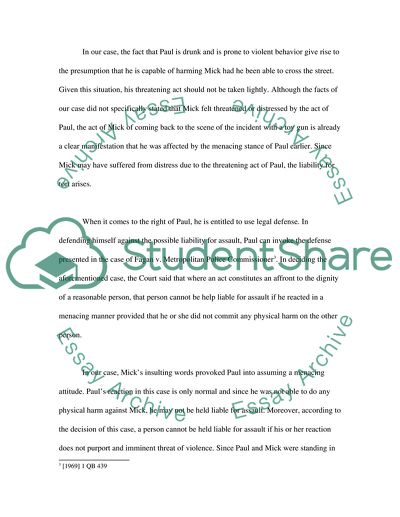Cite this document
(Rights and Liabilities Of Parties In Tort Case Study - 1, n.d.)
Rights and Liabilities Of Parties In Tort Case Study - 1. Retrieved from https://studentshare.org/law/1732067-tort-law
Rights and Liabilities Of Parties In Tort Case Study - 1. Retrieved from https://studentshare.org/law/1732067-tort-law
(Rights and Liabilities Of Parties In Tort Case Study - 1)
Rights and Liabilities Of Parties In Tort Case Study - 1. https://studentshare.org/law/1732067-tort-law.
Rights and Liabilities Of Parties In Tort Case Study - 1. https://studentshare.org/law/1732067-tort-law.
“Rights and Liabilities Of Parties In Tort Case Study - 1”, n.d. https://studentshare.org/law/1732067-tort-law.


